Back when I started my copywriting agency many years ago, I thought I’d take over the world.
Then I realized something…
I have no leads.
And that means no money! 😨
Sound familiar?
Don’t worry. Naturally, I learned the most effective ways to produce leads as a startup.
The methods I’ll be teaching you today will allow you to take control of your startup’s lead generation process and have a predictable source of revenue.
Let’s dive in.
1. Publish landing pages. Lots of landing pages.
How many landing pages do you have?
Be honest.
A huge mistake startups make is that they don’t have enough landing pages.
And, you can really never have enough.
In fact, 62% of B2B companies have six or fewer total landing pages. Argh!
The more chances to opt-in, collect user information, and touch base, the better.
Be aggressive with lead gen.
Take control.
I once read an amazing book called the Fanatical Prospecting.
It’s all about taking every opportunity you have from email to standing in line for coffee to prospect and meet people.
That’s what you need to do with a website, too: lead magnets, calls to action, and landing pages should be everywhere.
Here are the steps to do so with Mailchimp on WordPress, but make sure to get free landing page templates here, too.
Create a lead magnet
You can’t have an opt-in without a free resource.
That’s like pasta without tomato sauce. Who wants that?
A lead magnet is very literal—a resource that attracts leads like a magnet.
Be very particular with them, too.
You need to offer a resource that attracts a very particular type of audience.
Too general = low quality leads.
Niche = high-quality leads.
Let me give you an illustration.
I was just reading WordStream’s blog and noticed this nifty ad tester on the sidebar:
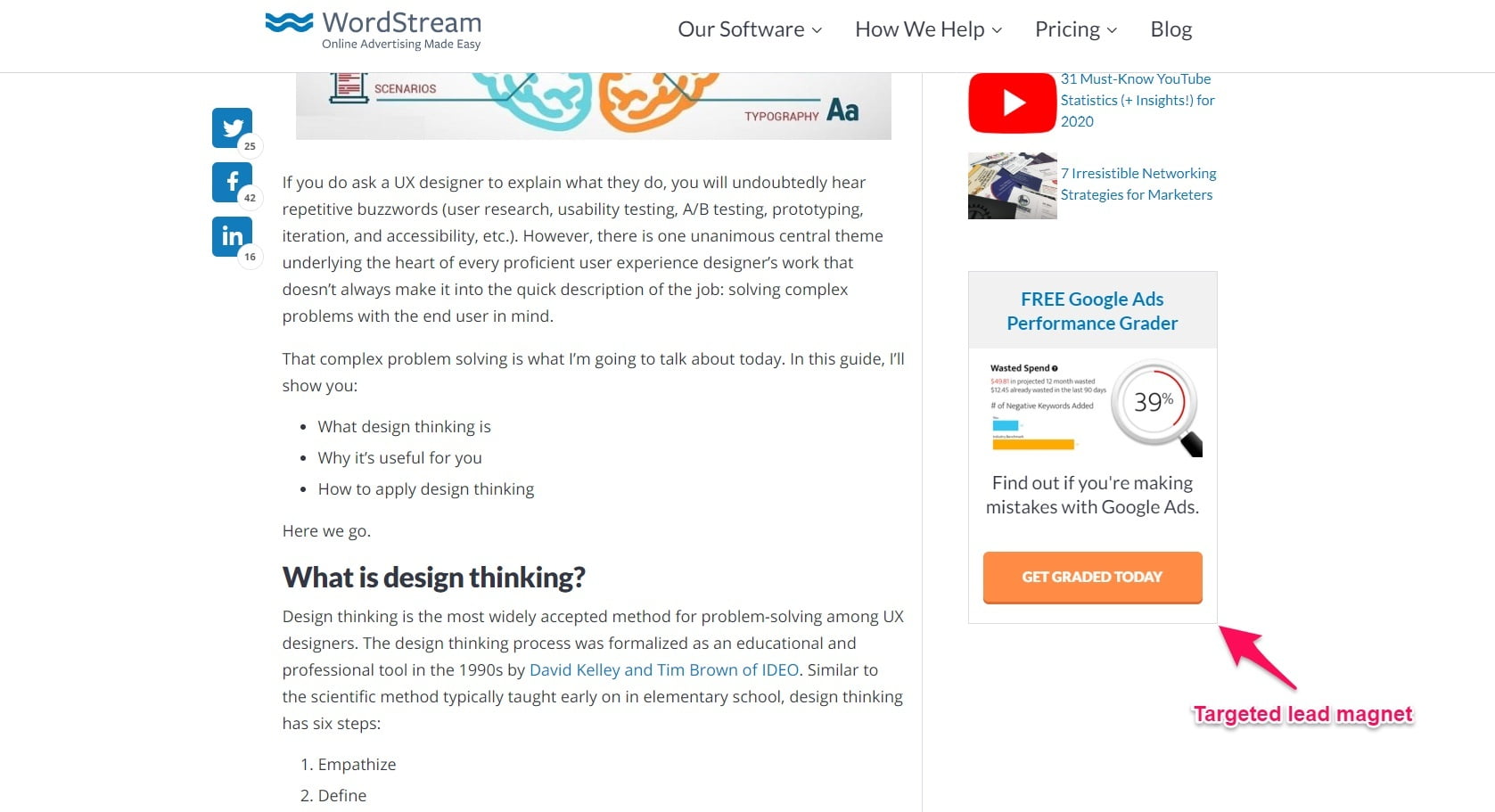
Seeing as they offer advertisement related services, this is the perfect bait.
Anyone that runs Google Ads or likewise will be interested in using the free tool.
There’s one caveat, though. You must enter your email. 🙂
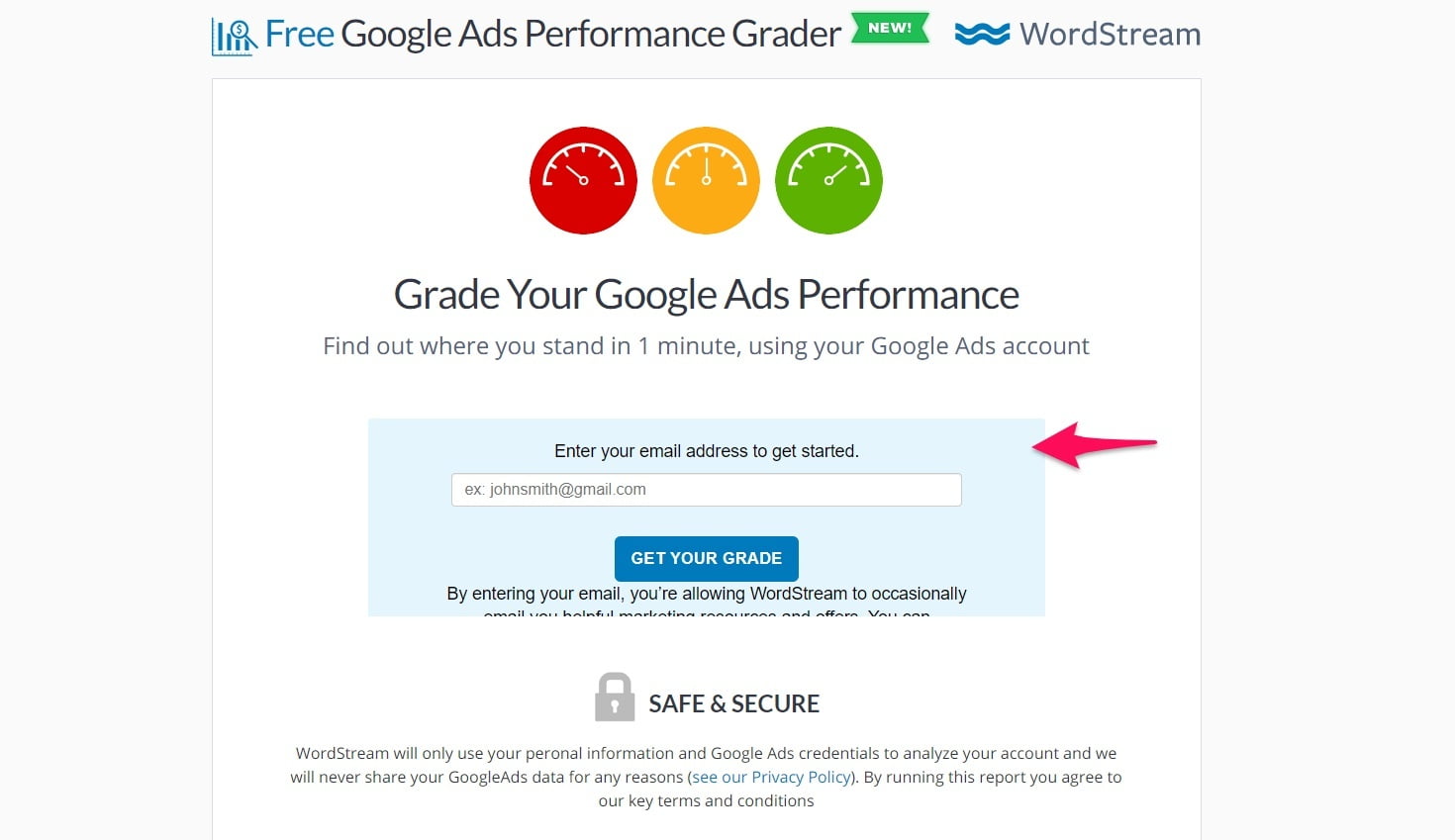
This gets you into their funnel for remarketing.
Other lead magnet ideas include:
- Checklists
- Cheatsheets
- Webinars
- Courses
- E-books
- Newsletters
- Brochures
- Magazines
- PDFs
- Worksheets
- Videos
- Gated content
Get a free e-book lead magnet template here.
Once you’ve done this, it’s time for step two.
Make the landing page
Now, you have to make a landing page where users will be able to opt-in for the resource.
I use Mailchimp and WordPress, so I’ll show you a quick way to do it using those two tools.
Click “Mailchimp” and “Landing Pages” from the navigation. Then click “Add New Page.”
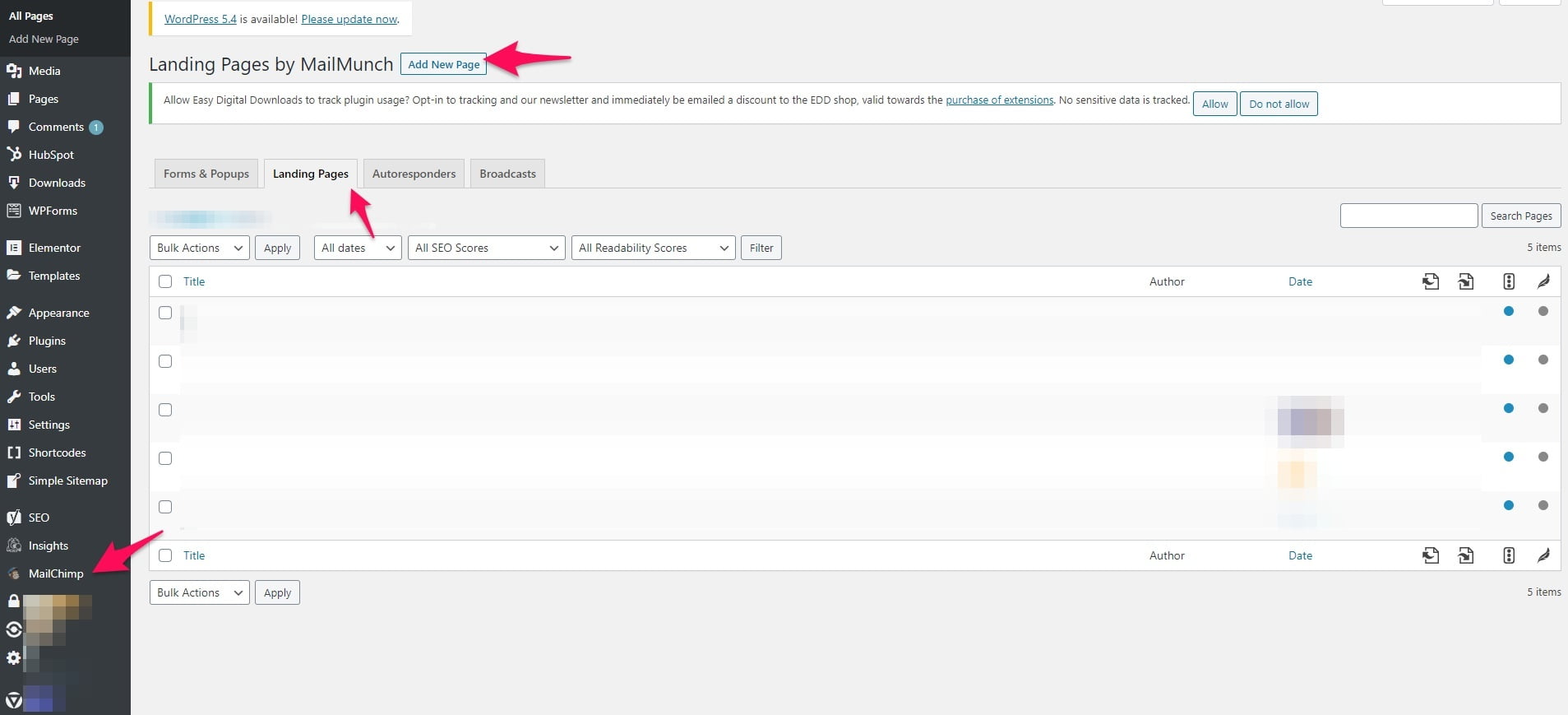
Click the “Create New Page” button, set the title, and URL.

This will bring you to the editor.
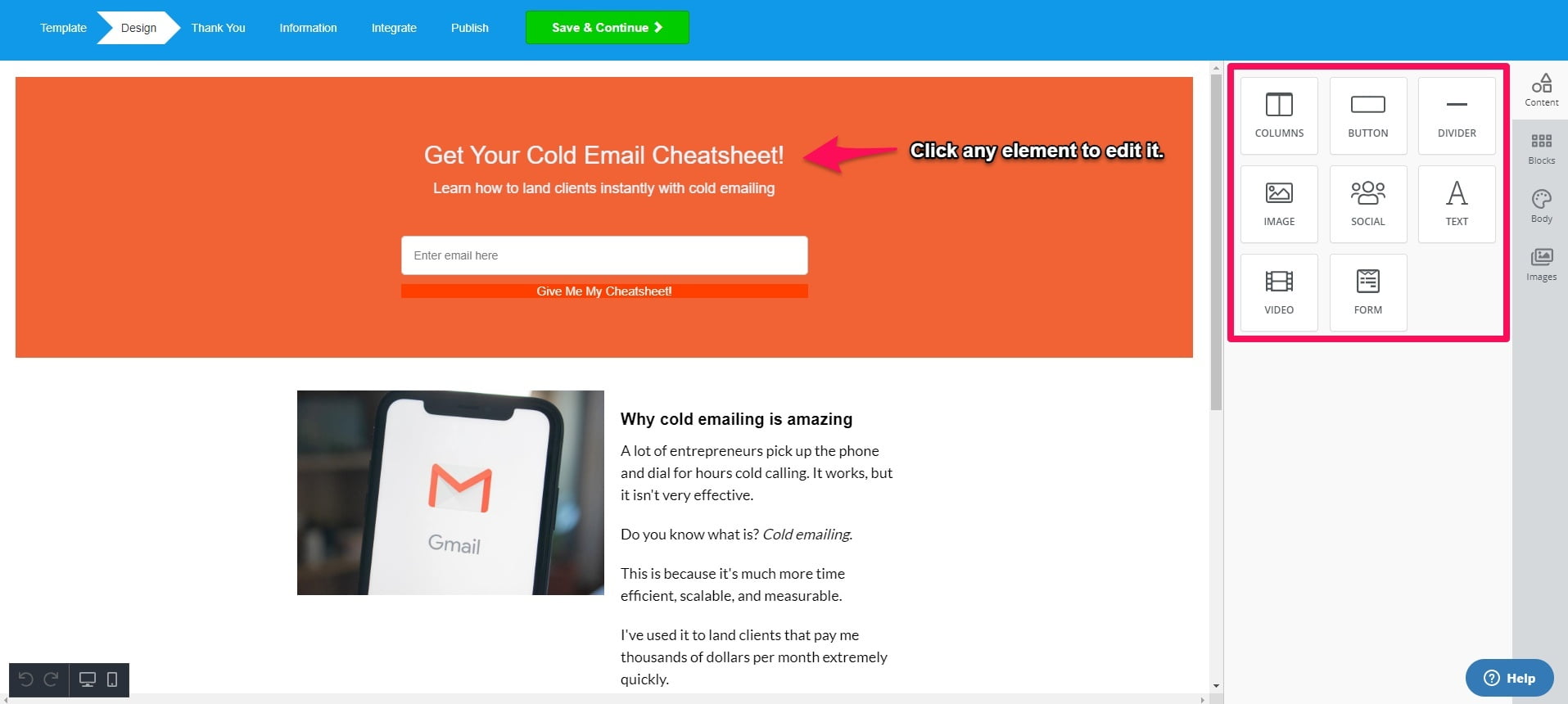
Drag and drop elements from the right sidebar and edit them in real time.
But, what makes a good startup landing page? These practices:
- Minimal navigation: People shouldn’t get distracted or have more than one option on a page to maximize conversions. Remove any links from the header and footer besides copyrights, policies, etc.
- Calls to action: Use several calls to action to increase how many users opt-in on the page.
- Provide value: Clearly explain what the user is receiving when they exchange their email address and the benefits of doing so.
- Solve problems: Touch on the reader’s pain point through emotional copywriting and align the lead magnet as the solution.
I recommend that you create a thank you page on the next tab, as well.
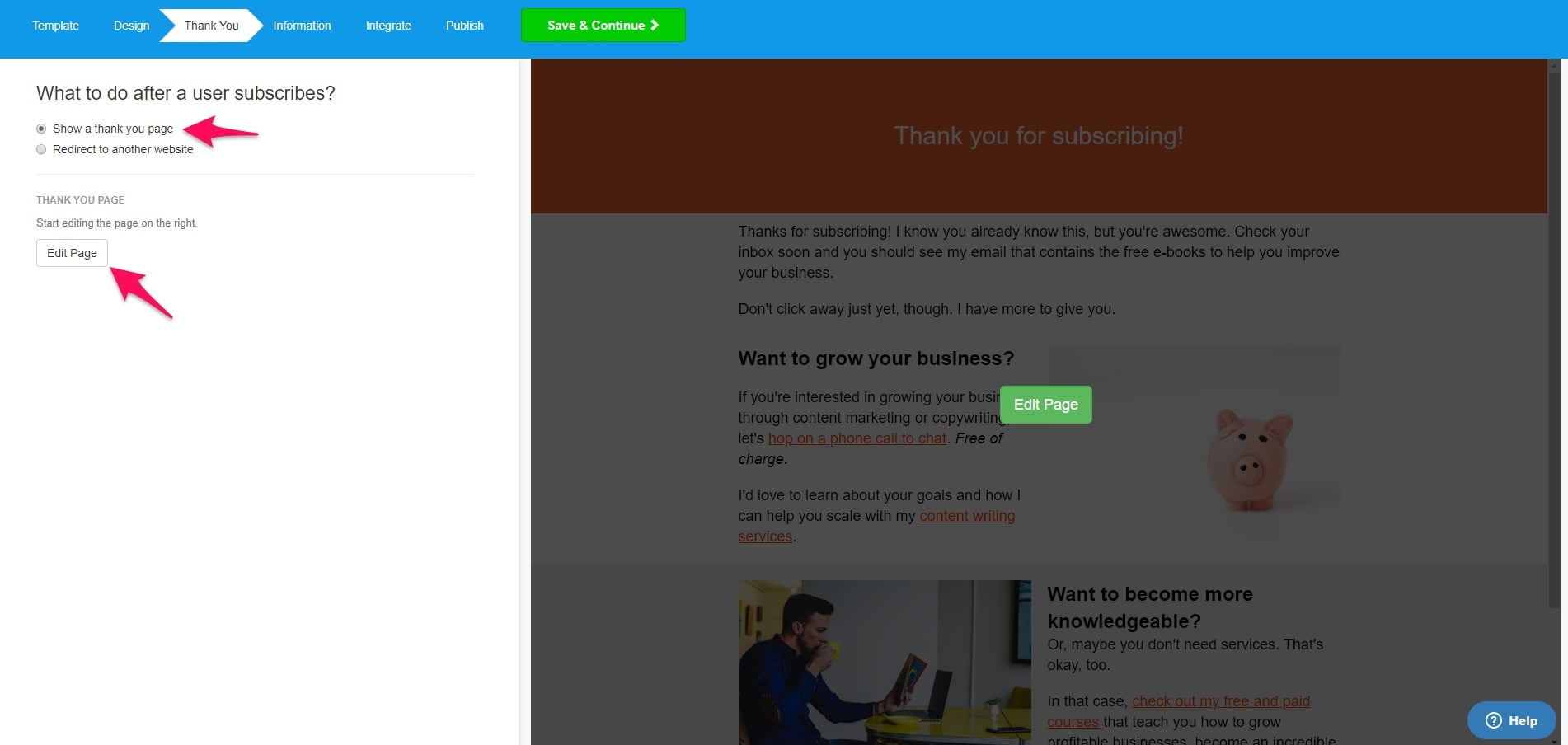
Use this to upsell and provide links to products, services, etc.
Publish the landing page and move onto the last step.
Place it everywhere
A landing page needs to be promoted to maximize the number of leads a startup generates.
I recommend adding a call to action on other relevant pages to do so.
My article on real estate copywriting has a smart CTA, for instance.
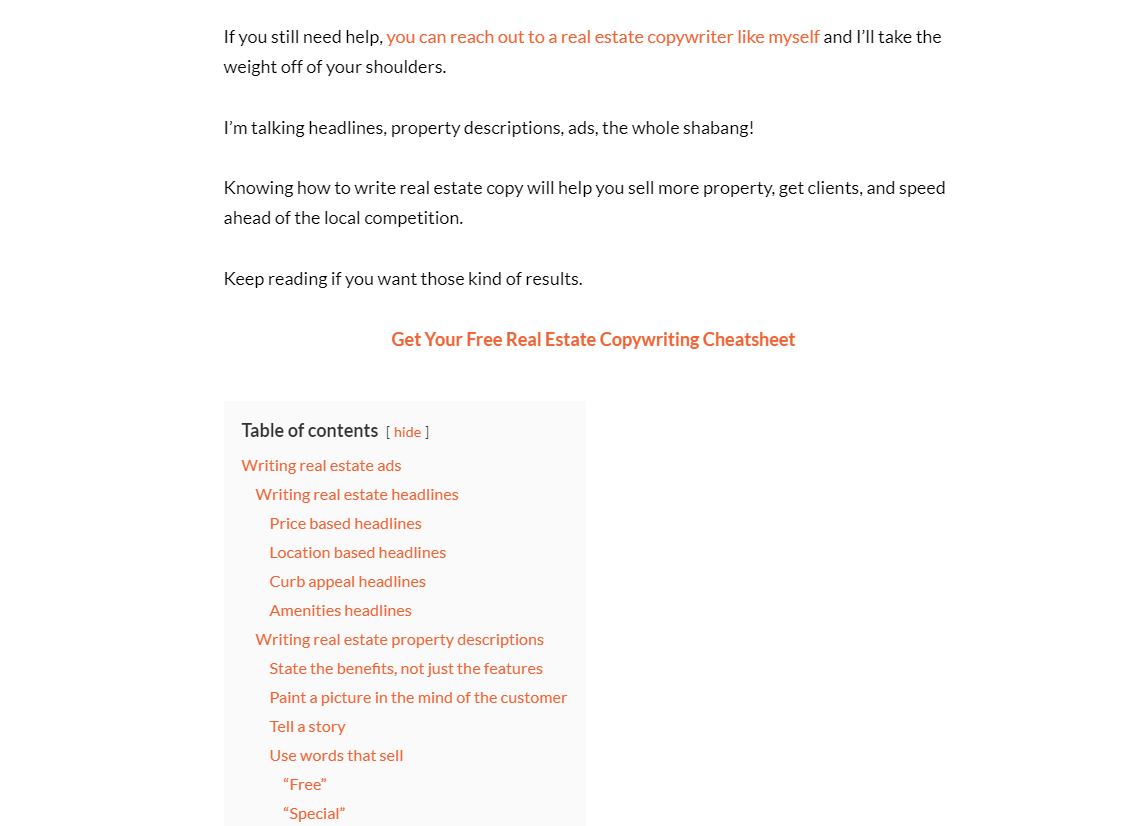
It’s a simple bolded line of text. However, buttons and graphics work great, too.
Other places to include landing page links are:
- Headers
- Footers
- Sidebars
- Social media
- Email signatures
That brings me to my next point.
2. Email marketing is a must
Once you start collecting user’s information to aid the startup lead generation process, you need to do something with it.
It can’t be left to collect dust.
That’s where email marketing comes into the picture.
81% of businesses agree that email drives customer acquisition and retention.
However, don’t make the typical mistake of going over the top with promotion.
Nobody wants to get spammed with products and advertisements.
Instead, take a note from Gary Vaynerchuk and think of it as jab, jab, jab, right hook.
This means to offer value several times before asking for a sale.
Build the trust, momentum, and revenue will follow suit.
Here’s tips to maximize email marketing:
The subject lines matter more than you think
47% of recipients open emails based on the subject line alone.
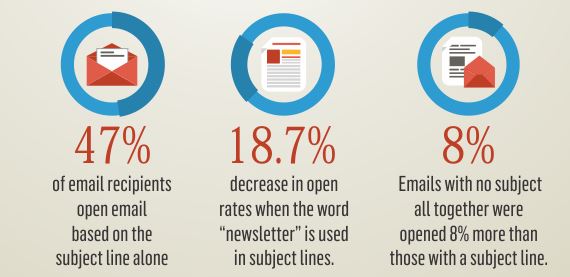
Don’t you?
You can smell spam or useless emails from a mile away all thanks to the subject line.
Hence why it’s so crucial to write one that cuts through the static.
Here are a few strategies to do so:
- Use their first name: Using a subscriber’s first name in the subject line makes an email more personal and genuine. It also piques curiosity.
- Company name: Similar to the first method, using a subscriber’s company name also makes an email more sincere and interesting.
- Bold statement: Say something against the norm. Say something subscribers wouldn’t expect you to say.
- Question: Ask a question related to the subscriber’s experience, values, pain points, etc.
- Numbers: Use numbers, percentages, and specifics to make subject lines intriguing.
- Benefit oriented: Directly state the benefits readers will gain from opening the email.
Then it’s time to craft the email itself…
80% of emails should be value-oriented
I like to live by Pareto’s principle.
It states that 80% of results come from 20% of our actions.
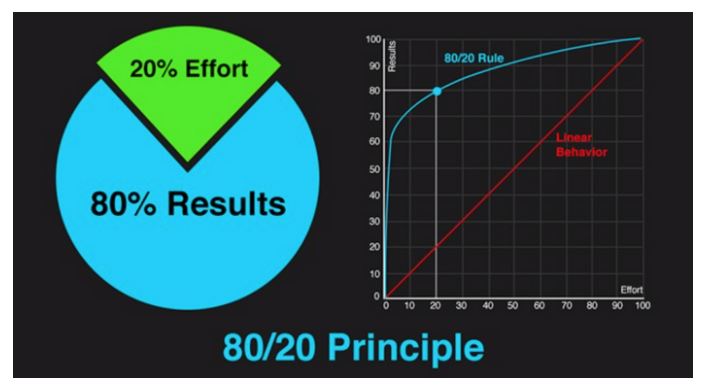
Whether it’s conducting business, working out, or who you spend the most time with, 80% of the results tend to come from a small group.
…A few channels generate the more revenue. 💰
…A few friends bring you the most joy. 😍
…A few exercises give you the most gains. 💪
You get the point.
So, it’s effective to focus most of the emails on value and information.
Educate subscribers about an industry and services.
This will make them understand what you offer, so when you do present the sale, they understand it’s value and importance.
Here’s one that hits home:
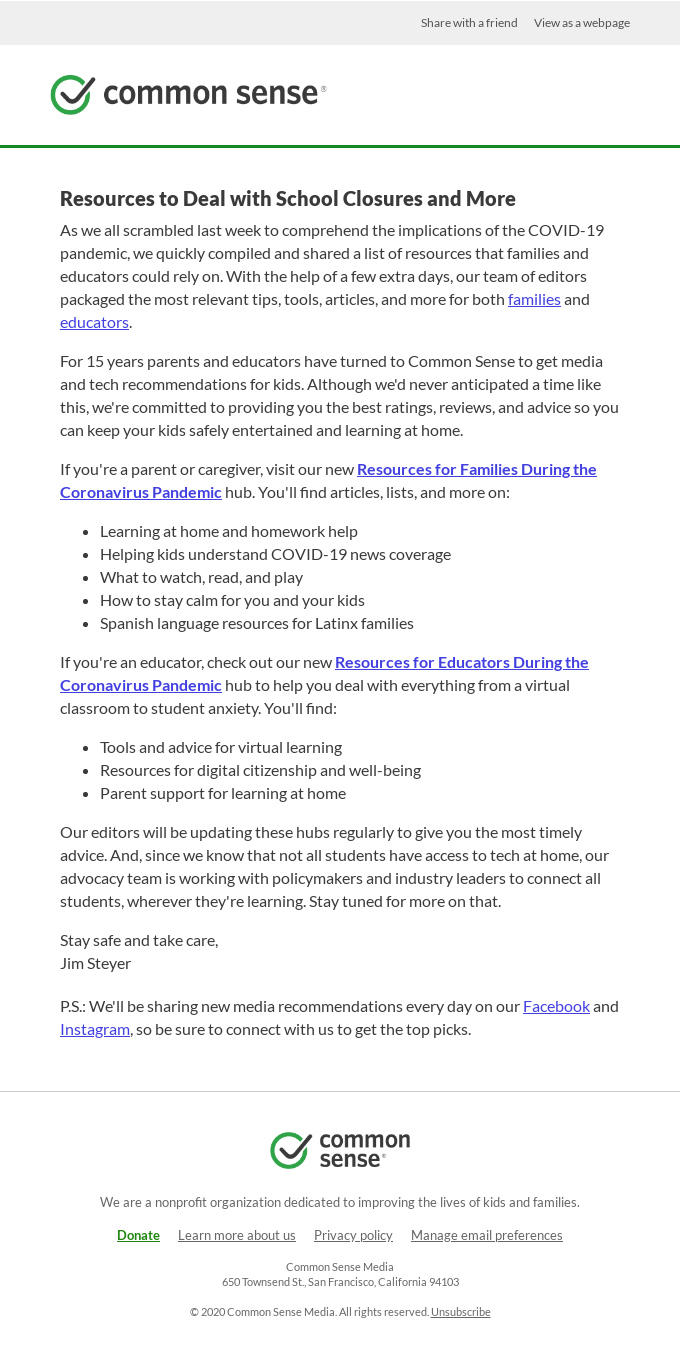
This is an email from the non-profit Common Sense sent out because of COVID-19’s impact.
It’s a purely informational newsletter that offers resources to deal with the recent school closures.
Newsletters can also syndicate other content.
Send out a short email that links to other content you’ve published like blog posts, podcast episodes, or YouTube videos.
The overall goal is to entertain and educate.
Learn more about generating leads with email in this free Leadpages webinar.
Then you can complete the final step.
20% of emails can be promotional
Approximately one in four email newsletters should be promotional.
These advertise a product, service, or another offer.
A prime example is this one sent from the cash back app Dosh:
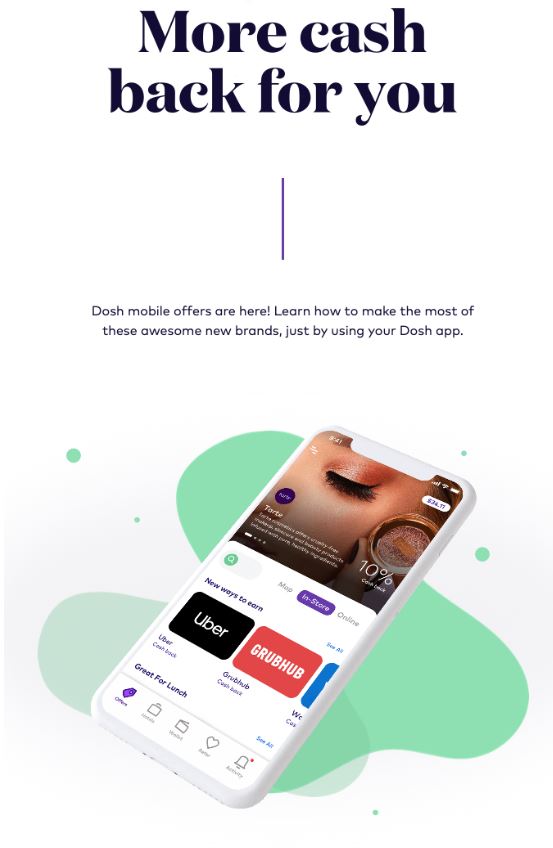
The email promotes their cash back service and referral program.
It includes excellent sales copy.
It’s still focused on the benefits of their offering and what it’ll do for the reader.
However, it’s primary focus is getting users registered.
Startups can do the same to promote:
- Demos
- Consultations
- Registrations
- Products
- Affiliate programs
Don’t miss out on my email copywriting templates that help streamline this process, as well.
3. Use an automated live chat system
Wouldn’t it be wonderful if a startup’s lead generation strategy could be completely automated?
Well, it can.
That means you can kick your feet up and let the money roll in.
Kind of.
The more realistic scenario is that you stop worrying about lead gen and get back to important tasks.
Yeah, that sounds better.
You can make that a reality with live chat bots.
I’ve recently integrated one with HubSpot and it’s been killer.
I’ve used it to generate leads, sales, and get a better understanding of my user base to further enhance their experience.
Consider the customer support startup Upscope, for example.
They used Intercom’s live chat system for support, sales, and marketing.
In particular, Upscope created automatic in-app messages to encourage conversation, share links, and provide information.
Additionally, automated sequences helped convert users into paying customers and upsell them later.
It now generates 60% of their monthly revenue!
How nuts is that?
You can achieve similar results by:
- Choose a live chat service like Intercom, HubSpot, or MobileMonkey.
- Create customized prompts for each page like services, products, case studies, etc.
- Respond as quickly as possible and provide links to deeper pages.
- Follow-up with leads in the back end via email and apply what you learned earlier.
What we’ve focused on so far is inbound marketing for startups.
Let’s talk about outbound next.
4. Scale an outbound sales process
I know, I know.
Talking to strangers?
It’s scary stuff.
Anyone that’s done cold calling knows that pit in the stomach you get when you first begin.
Let me tell you something…
There’s an easier and more effective way.
It’s called cold emailing.
Hear me out.
I’ve used it land clients that pay me thousands of dollars per month and any startup can, too.
99% of people do it wrong, though.
They send copy and pasted crap to the wrong people. Or worse, customer service emails. Blah.
It isn’t genuine.
It isn’t sincere.
Doing the opposite however will significantly boost open, rely, and conversion rates.
Heck, I’ve had campaigns with:
- 90% open rate.
- 10% reply rate.
- 3% conversion rate.
How do you do that? By the following these steps:
Make a list of prospects
The first step is to clearly pinpoint the companies that would make excellet customers.
A huge lesson I’ve learned running a startup is that you don’t want to take on just anyone.
You need to have a clear picture of ideal customers and only accept those who fit the mold.
Otherwise, you run into the excess churn, headaches, late payments; the works. We’ve all been there.
With that in mind, I recommend taking advantage of databases like Dribbble.
Dribbble, in particular, is a database for design agencies and similar companies.
Other notable mentions include:
If agencies fit the mold for you, search for keywords or filter the results.

All we need is their domain for now. Click the “About” tab while on a designer’s profile to find it.
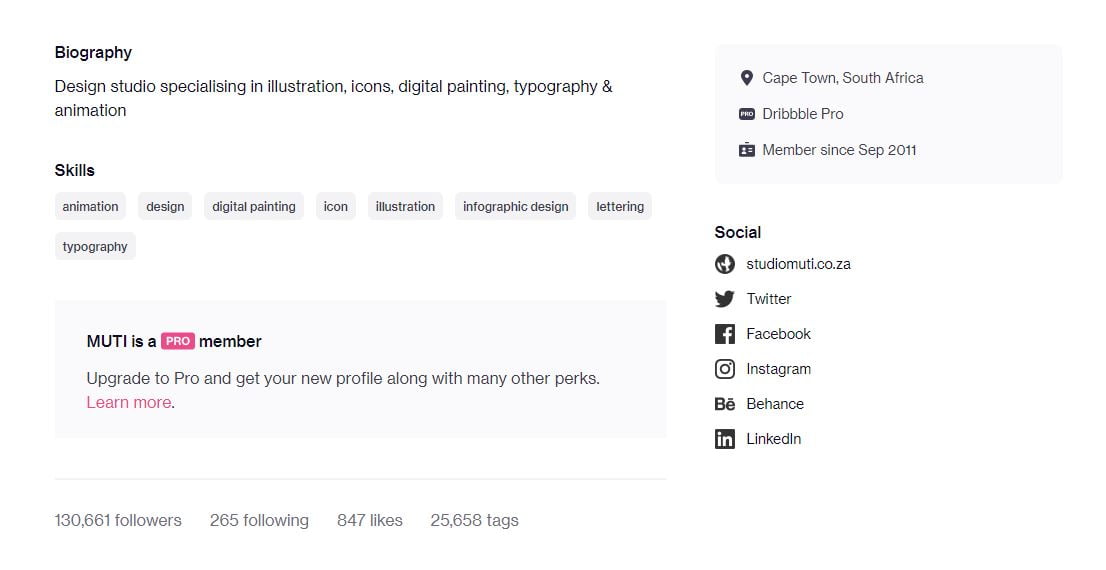
Organize it into a spreadsheet and move onto the second step.
Run their domains through Hunter
There’s a free tool called Hunter that extracts emails from a domain.
It’s a lifesaver.
Otherwise, you’d be searching the internet for emails like a raccoon going through garbage.
Instead, click the “Bulk” tab and “Domain Search.”

Paste in the list of the URLs and let ‘er rip.
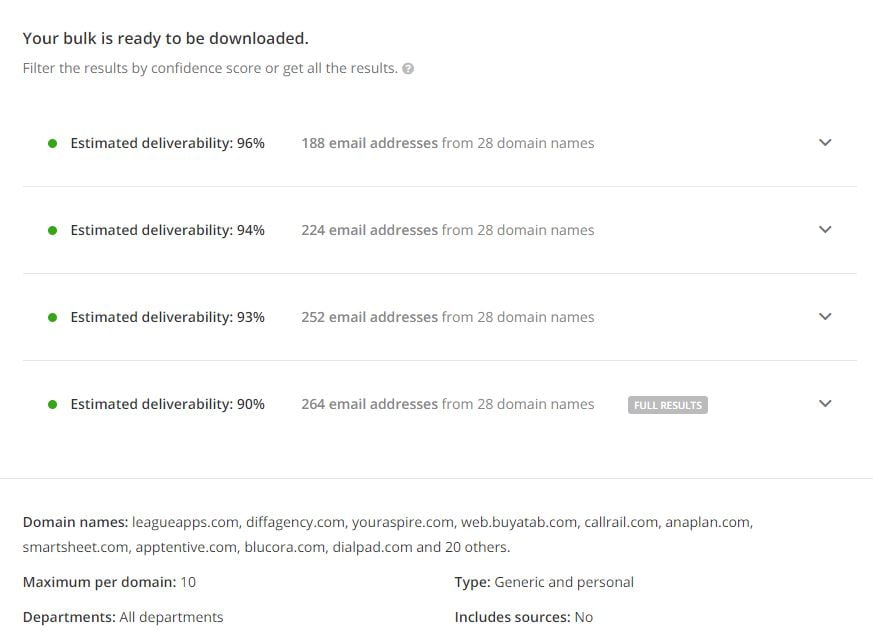
Download the CSV afterward and import the details into a CRM.
Send out personalized emails
Time to crack your knuckles and get busy.
The key to successful cold emailing as I covered in my cold email guide is customization.
Every email needs to be tailored to each prospect for maximum return.
Otherwise it creates yawns and gets deleted.
These are the elements you need to consider:
- First name or company name in the subject line.
- Address the prospect by their first name.
- Mention the company name once or twice in the body.
- Offer a custom compliment or observation.
- Briefly mention who you are, what you do, and the results you’ve generated.
- End with a call to action.
Here’s a template you can try:
Hey Michael,
Wonderful work on those Microsoft and IBM projects. They look very impressive.
My name is Carmine Mastropierro and I write web copy that helps companies generate more leads. I’ve increased clients inbound leads by up to 200%, for example.
Does Digital Era need any help with writing web copy?
Warm regards,
Carmine
It’s simple, straightforward, and I’ve used this exact template to land clients instantly.
5. Create content for each stage of the funnel
No customer is alike.
Some are window shopping.
Some are desperate for a solution.
Some are weighing their options.
So, it’s essential that you create content for each type of customer.
(Make sure to read my article on content marketing for tech startups after.)
Here’s how:
Top of the funnel content
Imagine casting a wide net into the open sea.
You’d catch fish, crabs, lobsters, kelp, rocks, and everything imaginable, right?
That’s what top of the funnel content achieves.
It attracts the widest possible user base to your website and other assets.
Startups then segment users based on behavior, buying temperature, and other activities to deliver relevant messages.
I recommend publishing blog posts, videos, and podcast episodes.
These are easily creatable content and are capable of being repurposed into other formats quickly.
Middle of the funnel content
Here’s when things get serious.
Middle of the funnel content includes lead magnets, case studies, and whitepapers.
These are often hidden behind gates requiring an email subscription.
Users who take the action to receive a resource are clearly more serious and qualified than the average user.
Hence why I suggested landing pages in today’s post.
That brings me to my final point.
Bottom of the funnel content
The hottest leads will get upfront and personal.
They want to see the product firsthand, talk to you on the phone, or meet in person.
This is why consultations and demos are extremely effective.
Both allow you to demonstrate value and close leads directly.
I suggest that you offer these on the frontend and backend.
After all, hot leads will typically follow a liner path like:
- Finding your startup through search engines.
- Opting in for a lead magnet.
- Scheduling a call or demo before getting closed.
Wrapping up startup lead generation
Generating a consistent pipeline of leads is a tough part of any startup.
However, there are strategies that can be deployed that will keep sales growing and steady.
The first of which is publishing landing pages. Lots of them.
Make landing pages for different offers, topics, and audiences.
This will create a list of subscribers that should be sent email newsletters, content, and promotions.
Keep it 80% informational and 20% promotional for the best results.
Similarly, content should be designed for each stage of the buyer’s journey to increase engagement from each segment.
A live chat system is another way to instantly get in contact with leads, provide extra resources, and get them into a backend funnel.
From there, startups can take control of their lead gen process by deploying outbound sales.
I believe cold emailing when done properly is the best way to do so.
But enough reading. Go generate some leads or contact me if you need marketing consulting services aid the process.














